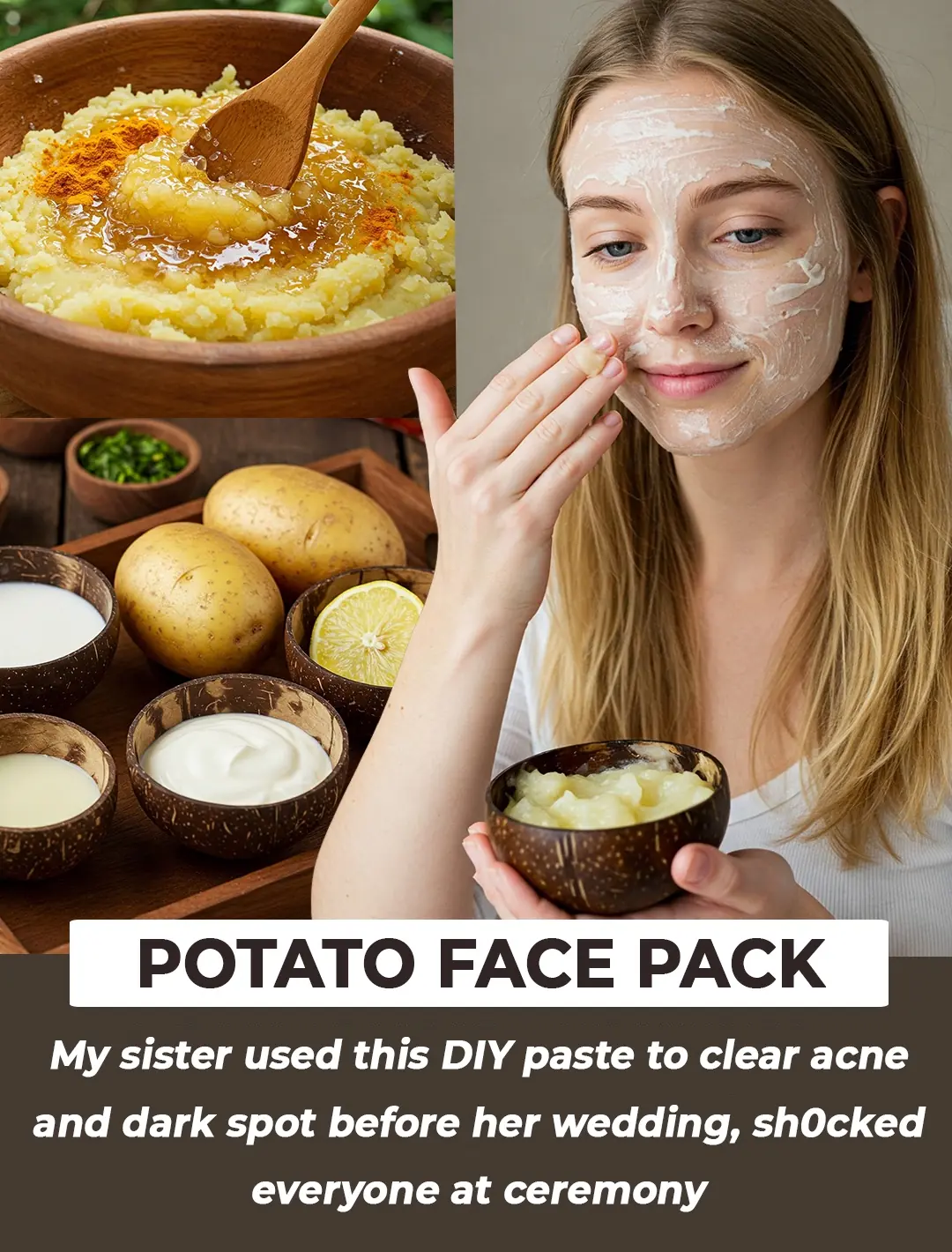
When buying noodles, look at this point to know which type is clean and which type is contaminated with chemicals.

Rice Vermicelli : A Popular Dish and Hidden Health Concerns
Rice vermicelli, commonly known in Vietnam as bún, is one of the most beloved foods, especially during the hot summer months. The soft, smooth strands are light and easy to digest, giving diners a refreshing feeling. Traditionally, bún is made from rice flour that is shaped into thin round noodles and cooked in boiling water.
The Traditional Process of Making Bún
The process of making vermicelli by hand is meticulous and time-consuming. First, rice grains are soaked in water for 48 to 72 hours. After soaking, the rice is ground into a smooth paste and filtered to remove excess water. The resulting mixture is then poured into a mold with multiple tiny holes, placed over a pot of hot water. When the rice paste is pressed through the mold, thin strands of noodles are formed and drop into the boiling water, where they are immediately cooked. Once cooked, the noodles are lifted out, drained, and ready for use. Depending on the style, vermicelli strands can vary in thickness. They may also be prepared into different forms such as loose bún rối, compact noodle sheets (bún lá), or small bundles (bún con).
Culinary Versatility
One of the reasons bún is so popular is its versatility. It can be enjoyed in hot broth-based dishes such as bún riêu (crab noodle soup), bún cá (fish vermicelli), bún ốc (snail noodle soup), bún thang (Hanoi-style chicken and pork broth noodles), or bún sườn (pork rib noodle soup). Beyond soups, it also shines in dry dishes like bún trộn (mixed noodles with herbs and toppings), bún đậu mắm tôm (fried tofu with vermicelli and fermented shrimp paste), or fresh spring rolls (gỏi cuốn). Each dish showcases the noodle’s adaptability and its ability to pair with a wide range of flavors, from rich broths to tangy dipping sauces.
Modern Production and Safety Concerns
Although the traditional method produces fresh noodles with a naturally sour aroma and limited shelf life, modern technology has made production faster and less labor-intensive. However, this shift has also brought serious health concerns. To create noodles that appear whiter, shinier, and chewier, some producers add banned substances such as borax (hàn the), tinopal (optical brighteners), and other preservatives or bleaching agents. These chemicals give the noodles a glossy appearance and prolong their shelf life, but they pose significant risks to human health.
According to Associate Professor Dr. Nguyễn Duy Thịnh from the Institute of Biotechnology and Food Technology, Hanoi University of Science and Technology, laboratory tests have detected borax and fluorescent agents in some samples of vermicelli sold in the market. Tinopal makes the strands appear more transparent and glossy, while borax strengthens their texture and prevents spoilage. Although these additives do not alter the taste, when exposed to sunlight the noodles may look unnaturally bright or sparkling.
Potential Health Risks
The consumption of vermicelli contaminated with such chemicals can lead to digestive issues including stomach pain, diarrhea, or even food poisoning. Depending on the concentration, it may cause acute or chronic toxicity. Long-term exposure increases the risk of severe health problems such as liver and kidney damage, intestinal ulcers, neurological decline, and even cancer. The danger is compounded by the fact that these chemicals leave no noticeable smell or flavor, making them difficult for consumers to detect.
Associate Professor Trần Hồng Côn from Hanoi National University of Science explains that it is nearly impossible to confirm chemical contamination by sight or taste alone. The most reliable method is laboratory testing. However, consumers can still rely on a few visual cues: natural vermicelli should not appear whiter than the rice it was made from. Safe noodles usually have an off-white or ivory color, similar to cooked rice. They also tend to be stickier and sour more quickly if left at room temperature, since they contain no artificial preservatives. In contrast, unnaturally bright white noodles with glossy, elastic strands may signal the presence of harmful additives.
Choosing and Preserving Safe Vermicelli
To protect your health, it is advisable to purchase bún from trusted producers, local wet markets, or certified food outlets. When selecting noodles, look for those with a natural ivory hue rather than dazzling white strands. Additionally, remember that fresh bún spoils quickly. To extend its usability, it should always be stored in a cool environment, ideally refrigerated. Consuming it within a day or two is best to ensure freshness and avoid spoilage.
Final Thoughts
Rice vermicelli is not only a staple in Vietnamese cuisine but also a cultural symbol that reflects the nation’s culinary creativity. However, consumers should remain vigilant when choosing bún. While modernization has made production more convenient, it has also opened the door for unsafe practices. By learning how to identify safe products and practicing proper storage, you can continue enjoying the delicate taste of this traditional dish without compromising your health.
News in the same category

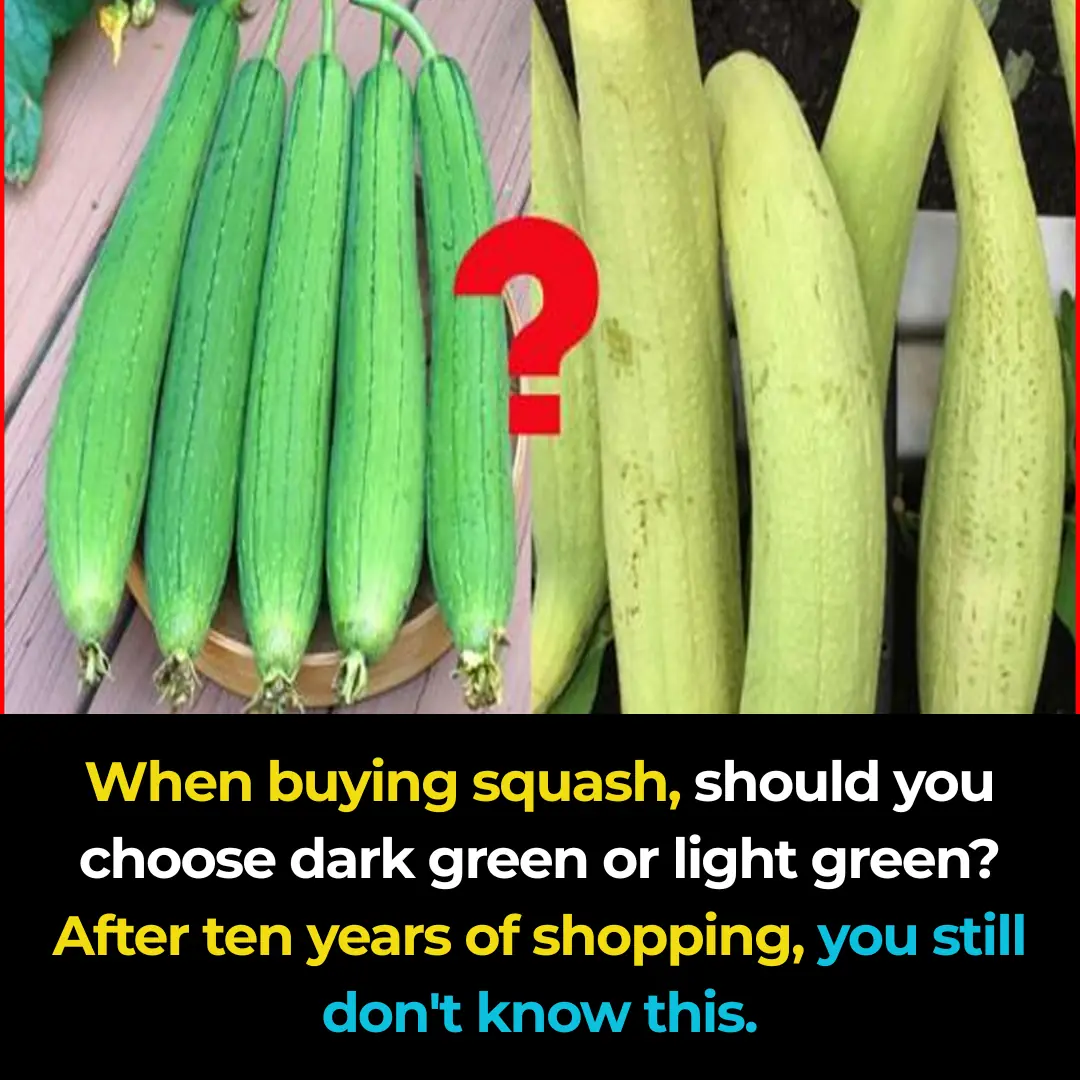
When buying luffa, should you choose dark green or light green ones? Even after years of going to the market, many people still don’t know this

Insert this into a lemon and place it in the corner of your house — mosquitoes will be gone for good

Jar of sour star fruit soaked in rock sugar

There is a "hidden switch" on the water heater that you can turn on and use for more than 10 years and it will still be durable.
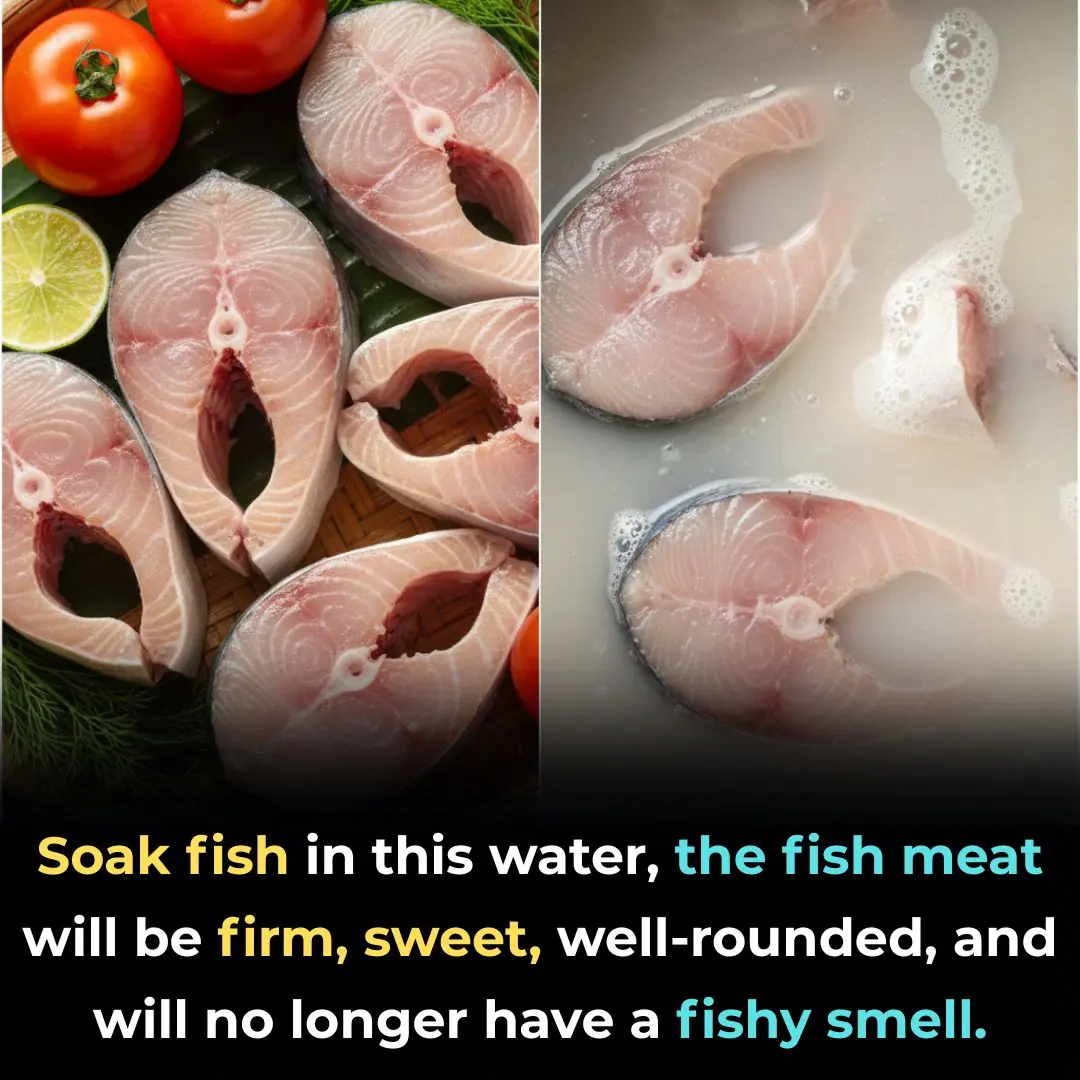
Soak fish in this water, the fish meat will be firm, sweet, well-rounded, and will no longer have a fishy smell

Misunderstandings turn water purifiers into disease hotbeds, get rid of them immediately or your whole family will be harmed
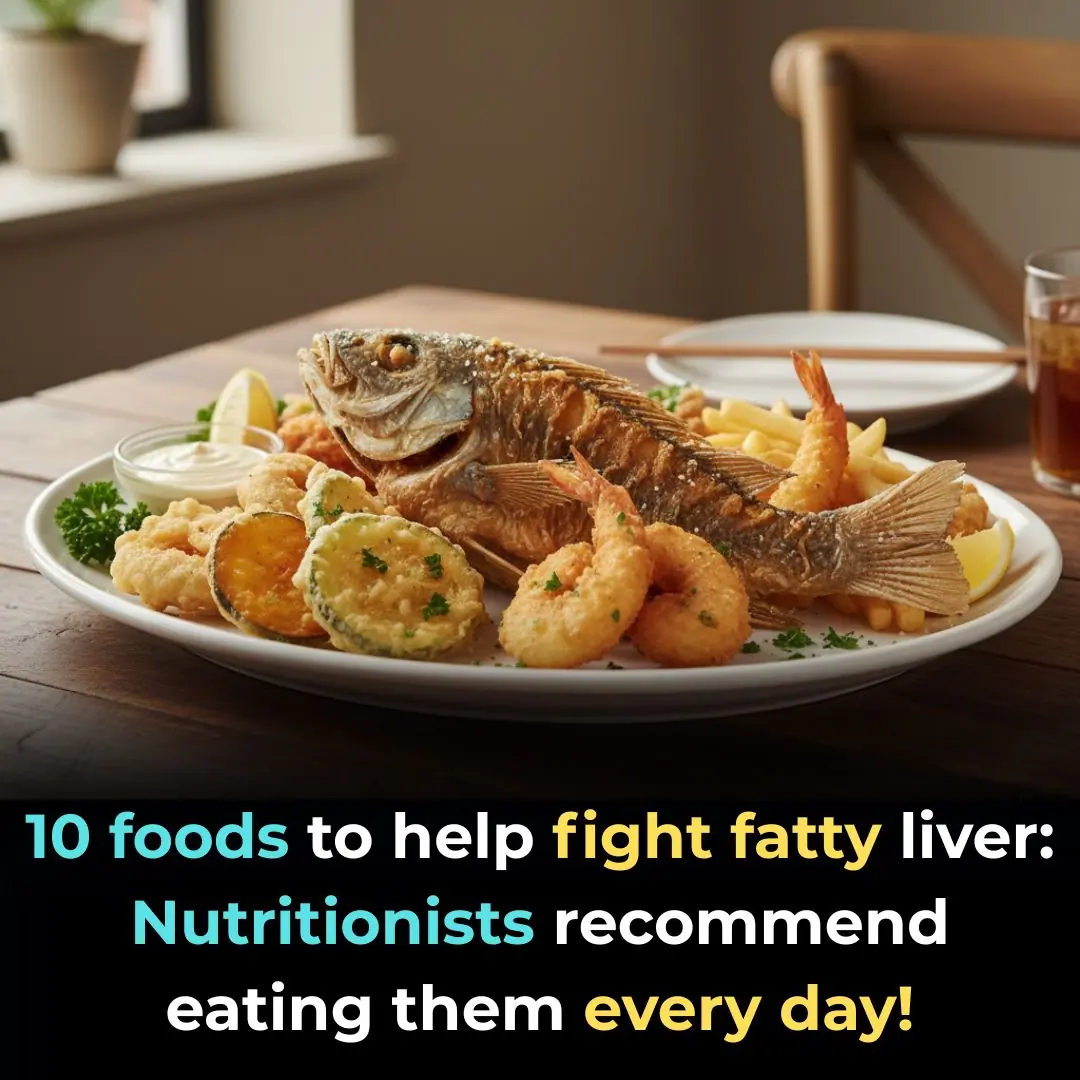
10 foods to help fight fatty liver: Nutritionists recommend eating them every day!
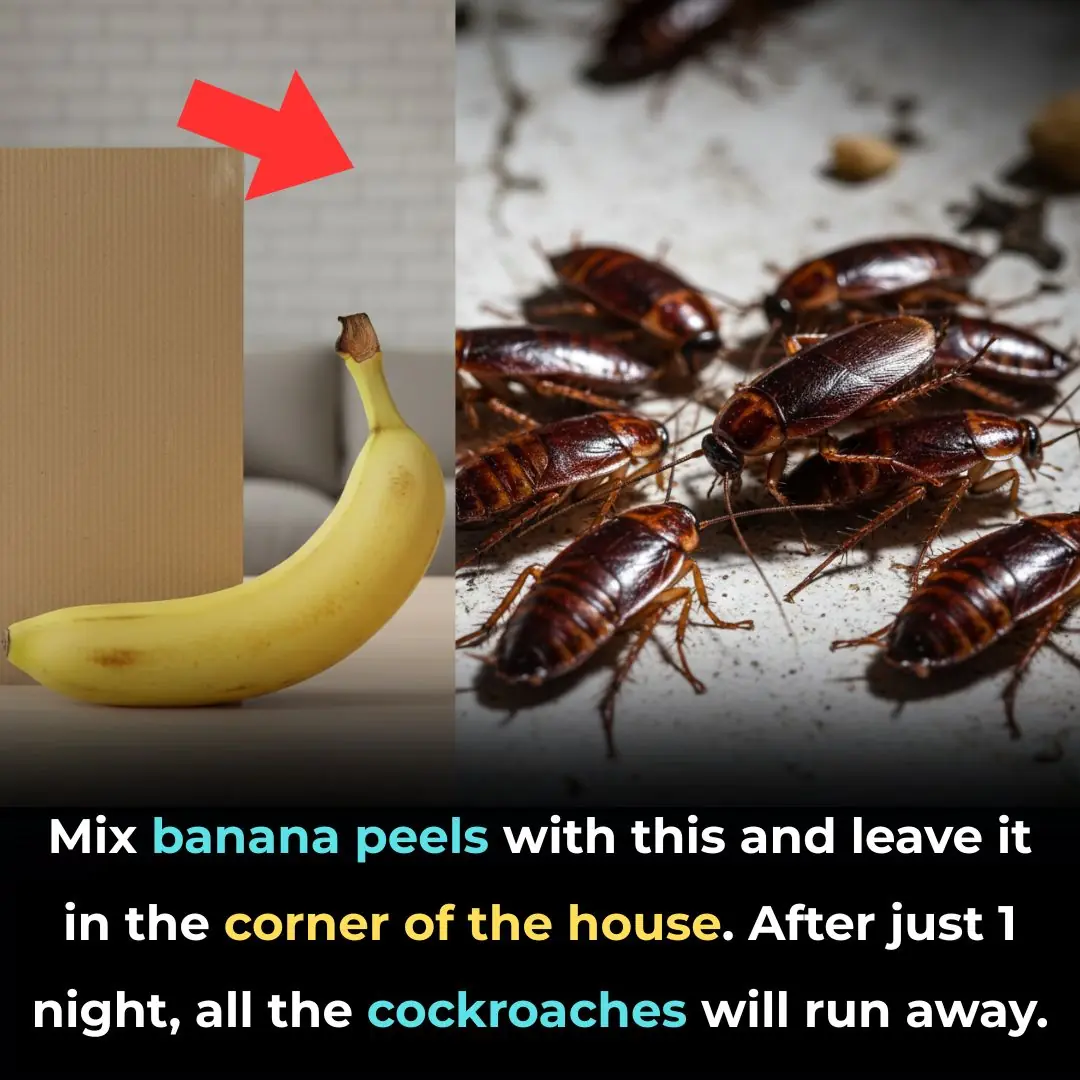
Mix banana peels with this and leave it in the corner of the house. After just 1 night, all the cockroaches will run away

This is why you should never leave a water bottle in your car.
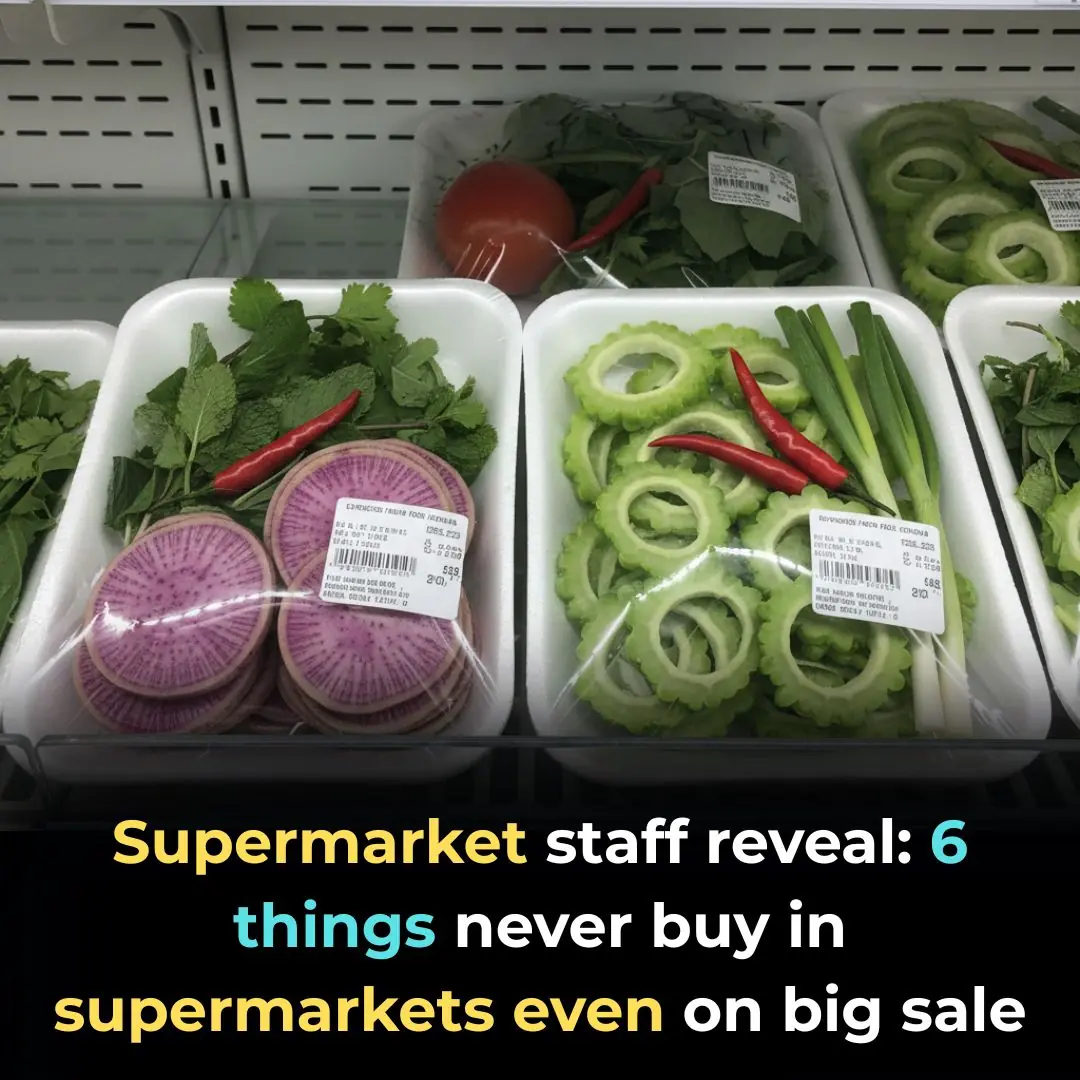
Supermarket staff reveal: 6 things never buy in supermarkets even on big sale
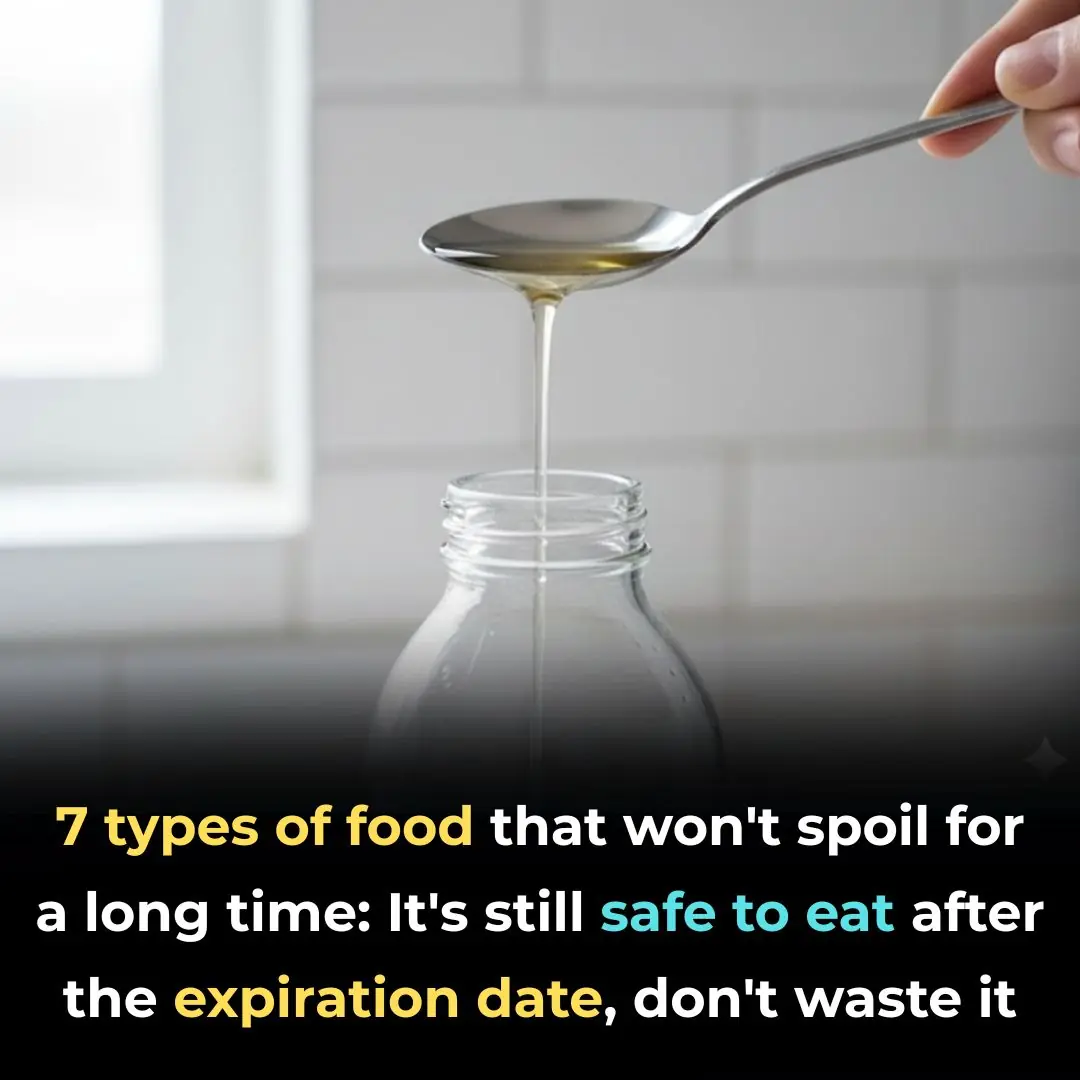
7 types of food that won't spoil for a long time: It's still safe to eat after the expiration date, don't waste it

What is Black Vinegar? Nutritional Value and Benefits of Black Vinegar

9 Foods You Should Eat Regularly to Prevent Memory Loss and Keep Your Brain Sharp as You Age

Is Your Kitchen Sink Often Clogged? Pour This In for Smooth Flow Without Calling a Plumber

Tips for self-defense when encountering ferocious or loose dogs.
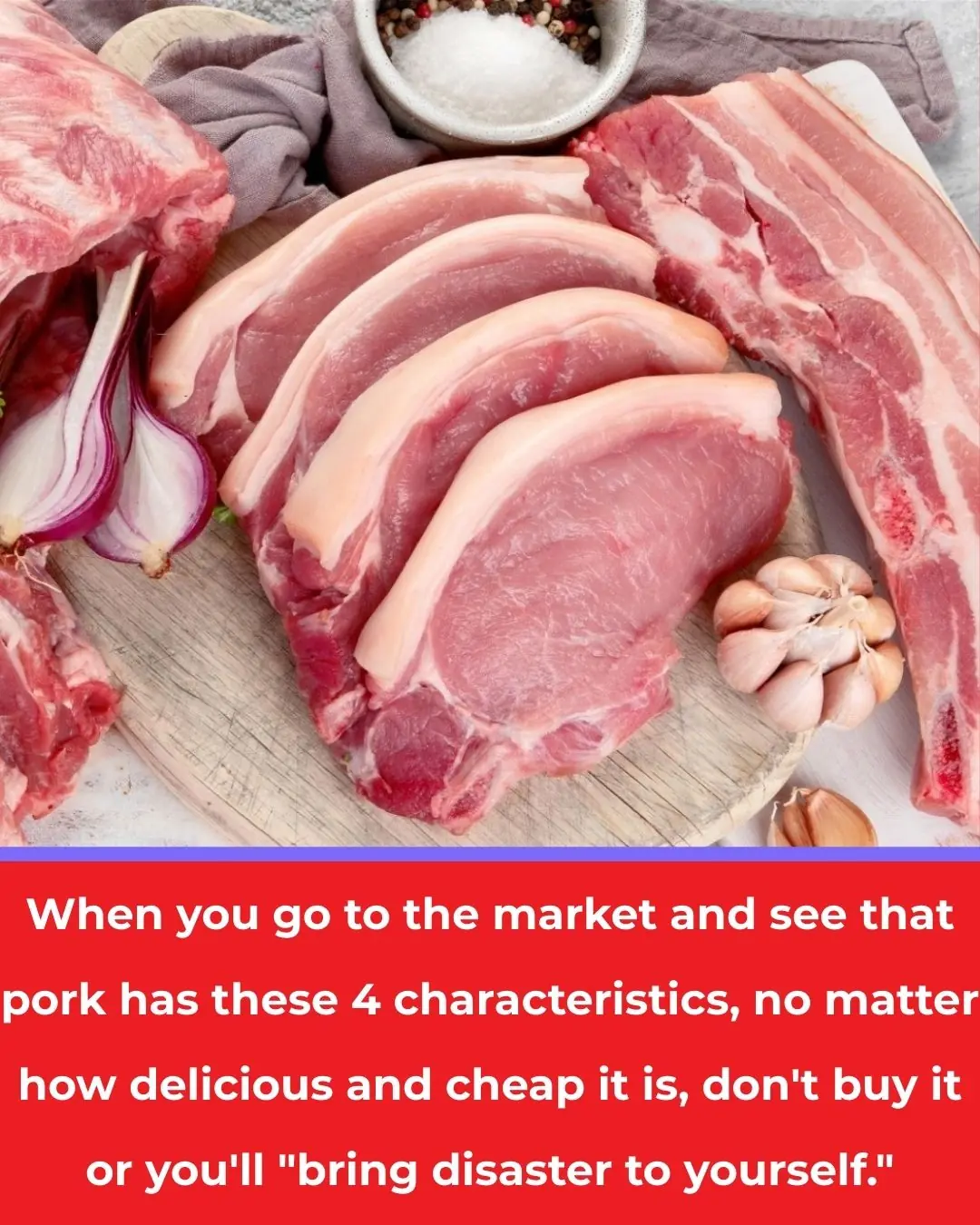
Go to the market and see that pork has these 4 characteristics

Cactus and little-known medicinal remedies
News Post

Why the Neck Sags with Age: Causes, Solutions, and Prevention Tips

Top 3 Vitamins for Hip Arthritis

Apple announce 'life saving feature' coming to Airpods

Michigan gamer ordered to pay $2m to Nintendo after he caused 'irreparable harm' to the tech giant

DIY Hair Growth Mask With Fenugreek Seeds & Black Seeds
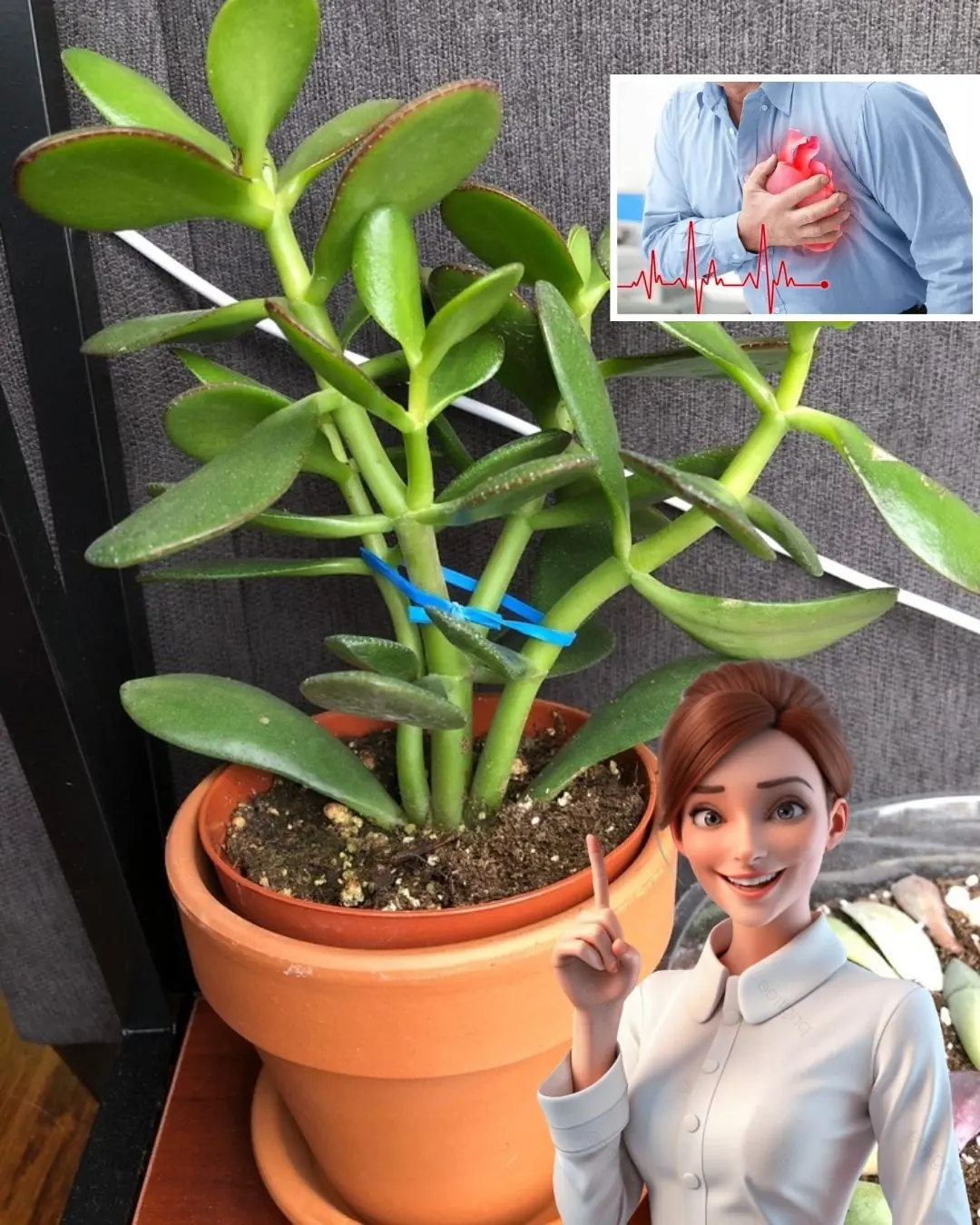
Why Jade Plants Are Your Home’s Secret Weapon
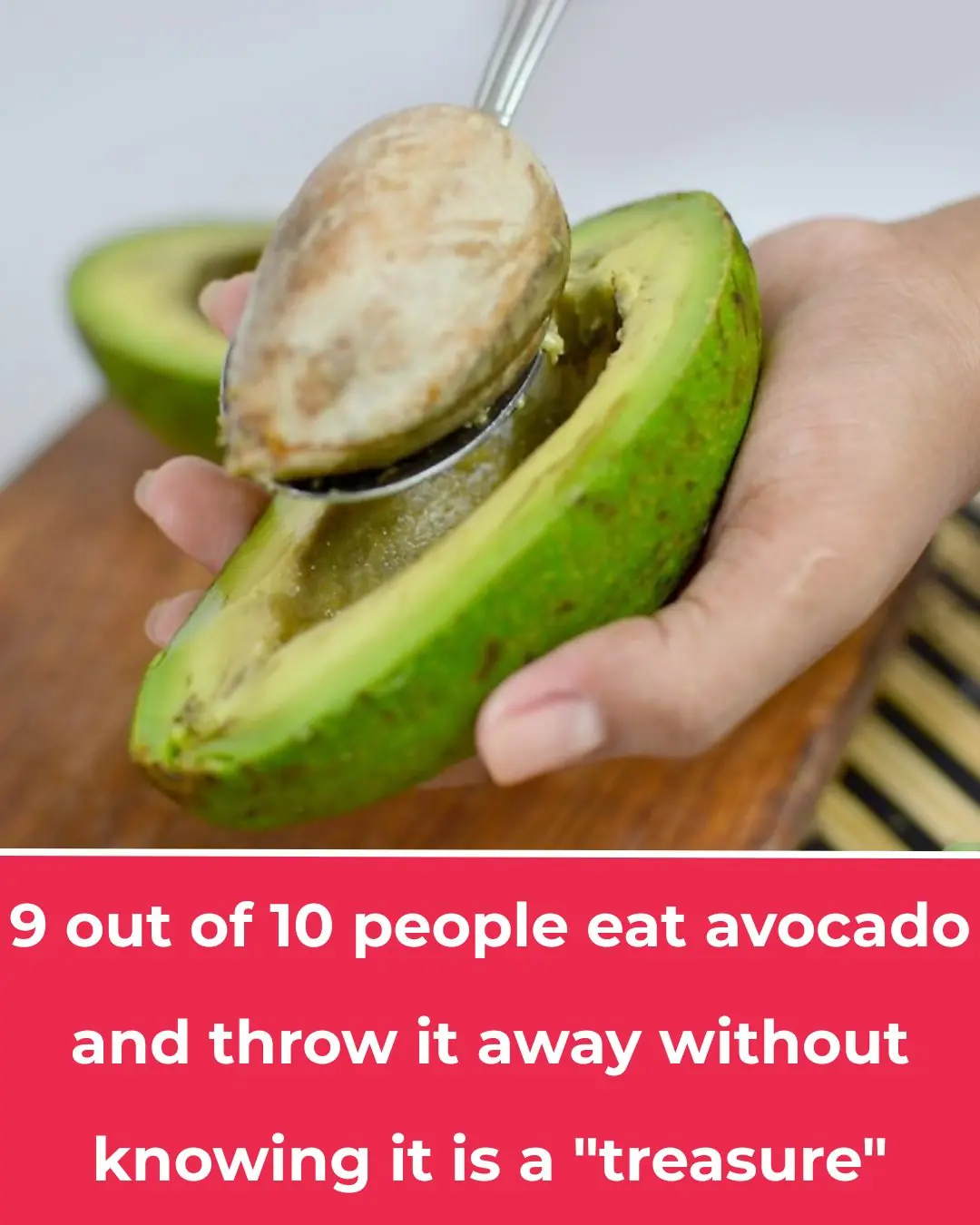
9 out of 10 people eat avocado and throw it away without knowing it is a "treasure"

A Gentle Bedtime Drink for Energy, Clarity, and Wellness After 45 🌿💪

The Sun Begins Killing off Elon Musk’s Starlink Satellites as Scientists Sound Alarm

7 Natural Home Remedies To Remove Skin Tags

Never Leave a Charger in Outlet Without Phone. Here Are the Top 6 Reasons Why

Morning Detox Elixir: Olive Oil, Lemon & Ginger – The Natural Cleanse You Need Daily

How to use Onion juice & Onion Hair Oil for Hair Growth – Onion Benefits for Hair

Lash Booster Serum: The Ultimate Guide to Thicker, Fuller Eyelashes with DIY Recipes

Anyone Who Wants to Avoid Having a Stroke Needs to Start Eating these 15 Foods Immediately

How to Make Flaxseed Beauty Ice Cubes: The Ultimate Natural Remedy for Wrinkles, Fine Lines, and Skin Firming
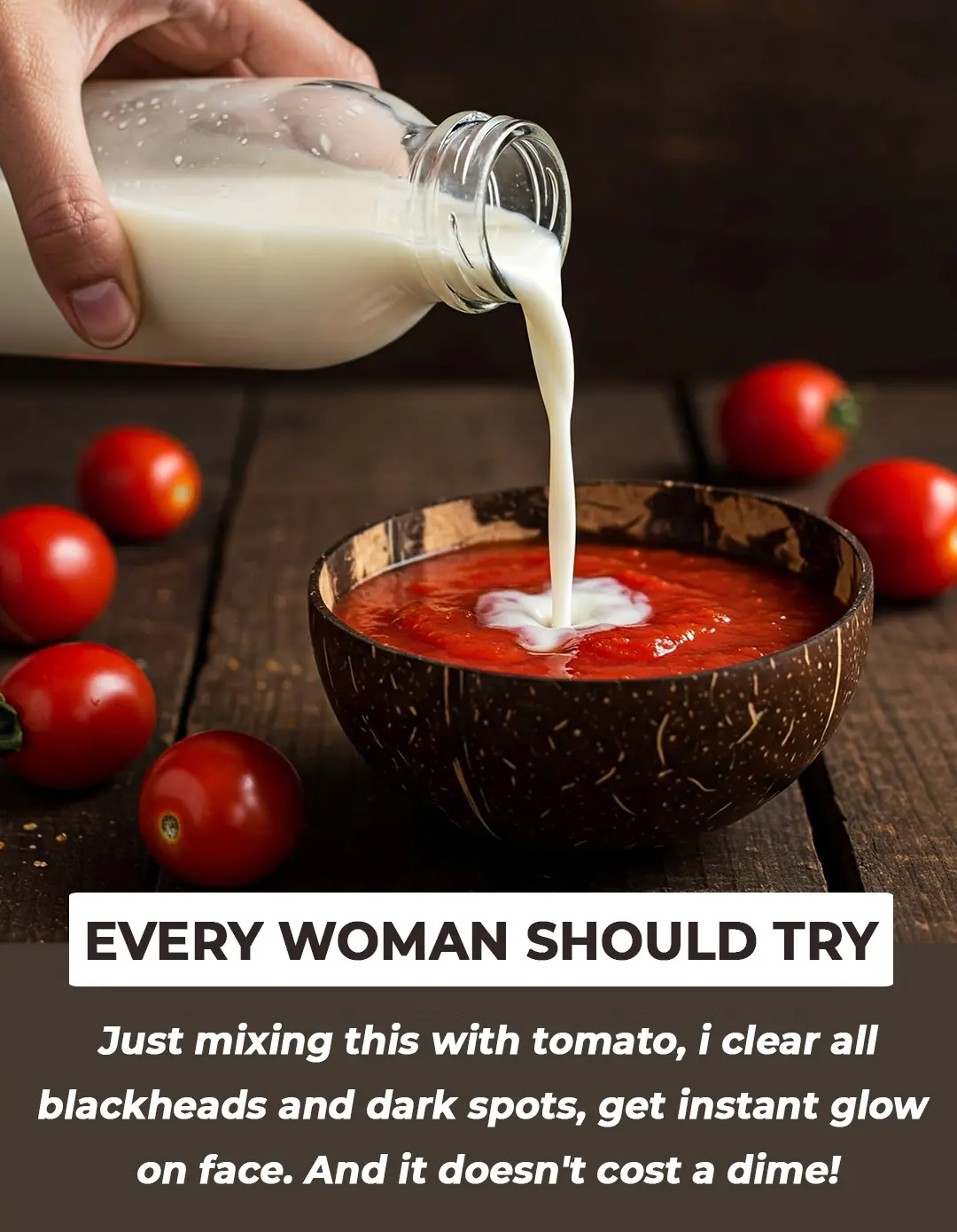
Skin Brightening Tomato Facial | Get Fair, Glowing, & Spotless Skin Permanently

Put THIS Mixture Under Your Tongue Before Bed And NEVER Wake Up Tired Again!
